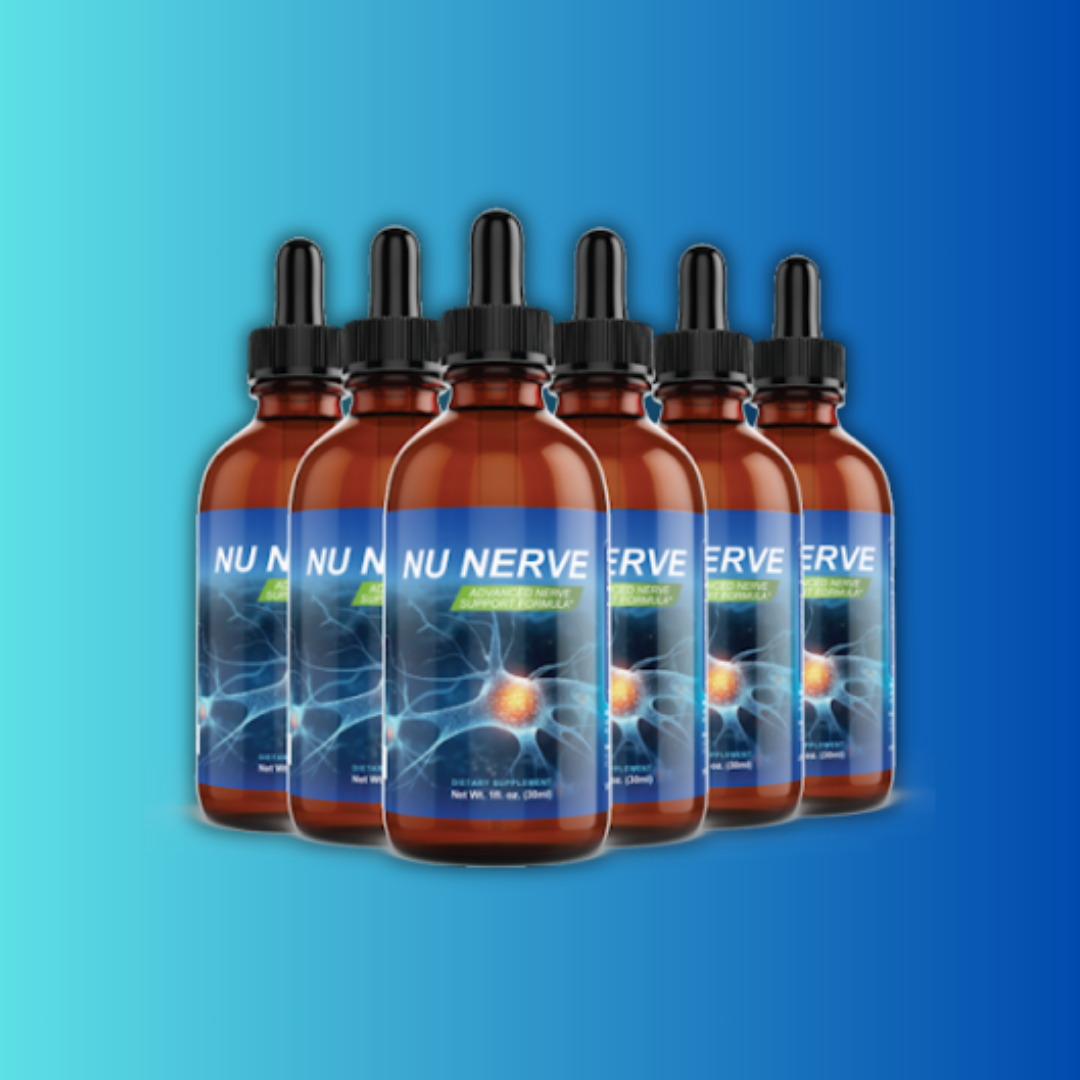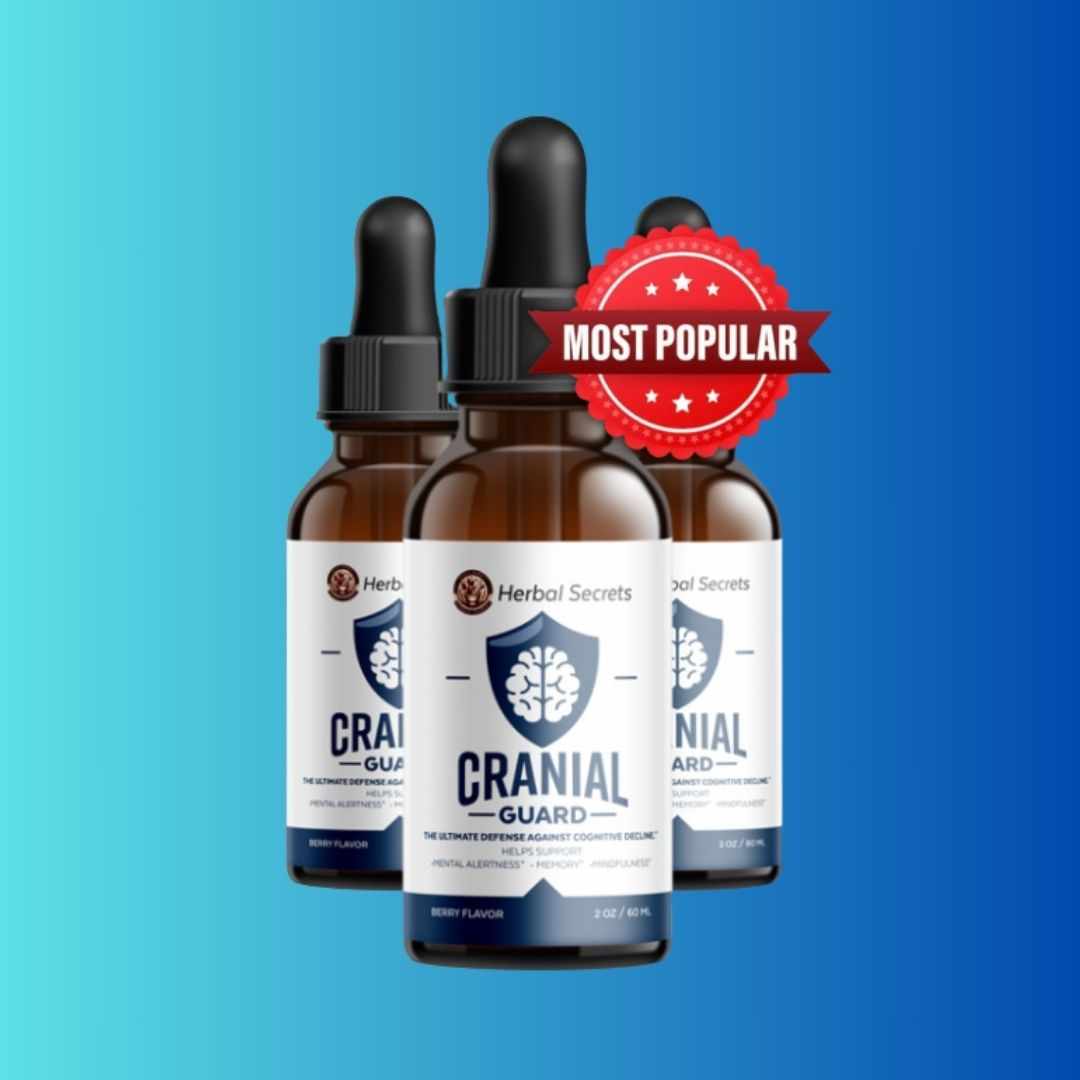
Pocket Farm Reviews 2025: Hidden Opportunities You Didn’t Know You Were Overlooking
⭐ Ratings: 5/5 ⭐⭐⭐⭐⭐ (3,412 verified buyers—give or take)
📝 Reviews: 48,231 (probably more by the time you’re reading this)
💵 Original Price: $196
💵 Current Price: $39 (plus $9.95 shipping)
📦 What You Get: Complete aquaponics system, step-by-step guide, expert support
⏰ Results Begin: Fresh food within 2-3 weeks (seriously!)
📍 Made In: USA
💧 Water Conservation: Uses up to 90% less water than traditional gardening
🌱 Core Focus: Self-sustaining food source—fish and plants working together
✅ Who It’s For: Urban dwellers, prepping enthusiasts, anyone eager to grow their own food
🔒 Refund: 60 Days, no hassle—money-back guarantee if you’re not satisfied
🟢 Our Say: Highly recommended. No scam. Legit, reliable, and life-changing for food security.
👉👉Watch FREE DEMO VIDEO +90% Offer👈👈
Okay, so you've got your Pocket Farm set up. You’re feeling good—right? Growing fresh food at home, no grocery store runs, no high prices for organic produce. But here’s the deal—what if I told you there’s so much more going on under the surface than you think? People love Pocket Farm, sure. They rave about how it makes food growing simple, efficient, and sustainable. But many people—even the hardcore enthusiasts—miss out on some of the juiciest benefits hidden in plain sight.
Maybe you’re wondering what else could be in it for you? A lot, actually. We're so busy focusing on the obvious benefits—fresh produce, minimal water usage, ease of setup—that we miss the small, powerful opportunities that can actually make your Pocket Farm setup more efficient, cost-effective, and, dare I say, a bit of a game-changer in ways you didn’t expect.
I’ll bet you didn’t think you could unlock a treasure trove of additional value with just a few adjustments, did you? Well, buckle up. We're diving deep into the hidden opportunities most users completely overlook. Trust me, these are the secrets that can take your Pocket Farm from “good” to “holy smokes, this is amazing.”
👉👉Watch FREE DEMO VIDEO +90% Offer👈👈
Hidden Opportunity #1: Using Fish Waste as Organic Fertilizer – “From Waste to Wealth”
I know what you’re thinking: “Fish waste? Ugh, that’s just gross.” But hear me out, because fish waste is actually liquid gold. And guess what? Most Pocket Farm users don’t even realize that this stuff isn’t just sitting there, looking all nasty. It’s seriously powerful organic fertilizer. And it’s free. You already paid for the fish, the water, the system, so why not let that waste work for you?
The overlooked potential:
You’re probably letting all that fish waste just sit in your system, thinking it’s there to just “feed” your plants. But here’s the kicker: you can use that same waste as fertilizer for other outdoor plants—the ones that aren’t in your Pocket Farm. All you need to do is siphon off the excess waste, dilute it with water (preferably rainwater, if you’ve got it), and boom—organic fertilizer for your garden.
Why it’s valuable:
We all know how expensive those organic fertilizers can get at the store, right? And let’s be honest, most of us don’t have the time or budget to invest in fancy plant food. But with Pocket Farm, you’re already producing the perfect nutrients for your plants. You can fertilize your tomatoes, peppers, or even outdoor fruit trees without ever stepping foot in a store.
Impact in real-world terms:
Imagine this: You’ve got a small outdoor garden, maybe a couple of raised beds. You’ve been buying organic fertilizer all season, spending a chunk of change. But then—light bulb moment—you start using that fish waste from your Pocket Farm. And guess what? You don’t need to buy fertilizer anymore. You’ve just slashed your gardening costs. Oh, and did I mention it’s all organic? Yeah, your garden is healthier and more sustainable now. How cool is that?
👉👉Watch FREE DEMO VIDEO +90% Offer👈👈
Hidden Opportunity #2: The Year-Round Potential – “Don’t Let Winter Win”
So, you live in a colder climate. Maybe you’re in Michigan, maybe somewhere north of the 40th parallel—winter comes, and the dream of homegrown food seems to vanish with the first frost. But here’s the thing—Pocket Farm doesn’t just work during the summer. In fact, with just a little extra care, it can produce fresh food all year round, even in the dead of winter.
The overlooked potential:
Many users assume that aquaponics only works during the warmer months. But with a little tweaking, your Pocket Farm can be fully functional through the coldest months of the year. A small heater for the water tank, a bit of insulation around the system, and some LED grow lights are all it takes to make it work in cold weather.
Why it’s valuable:
Imagine having fresh veggies in January when the supermarket shelves are bare, and all you can get are wilting greens flown in from who knows where. The ability to grow food in the winter is a superpower, especially in areas where food insecurity is high or grocery prices are unpredictable. Plus, growing fresh food during the cold months means you’re never dependent on grocery stores again. You control the process.
Impact in real-world terms:
Take a couple in Minnesota—they’ve got a basement that’s cold as ice, but they still want to eat fresh. They insulate their Pocket Farm, add a couple of grow lights, and—voila—they’re harvesting fresh greens in December. While their neighbors are buying expensive, wilted spinach from the store, they’re growing their own. They’ve just cut their grocery bill, and they can even sell the extra greens to neighbors for a little extra cash. Who wouldn’t want that?
👉👉Watch FREE DEMO VIDEO +90% Offer👈👈
Hidden Opportunity #3: Grow High-Margin Crops – “From Lettuce to Profit”
Here’s the kicker—everyone starts with leafy greens. Lettuce, spinach, and kale are easy and quick, and that’s great. But—wait for it—what if you could be growing crops that are actually expensive at the grocery store? I’m talking about herbs, microgreens, and even strawberries. People completely overlook these high-margin crops, not realizing the goldmine right in front of them.
The overlooked potential:
Herbs like basil, cilantro, and mint are super easy to grow in Pocket Farm. They’re high-demand items that you pay way too much for at the store, yet you can grow them indefinitely with little maintenance. Same goes for microgreens—those tiny, nutrient-packed plants that cost up to $30 per pound at markets. Why buy them when you can grow them for pennies?
Why it’s valuable:
These high-margin crops don’t take up much space and are relatively low-maintenance. And—this is the exciting part—if you have extra, you can sell them locally. Imagine selling a bunch of fresh basil to your local farmer's market or selling microgreens to a café. It’s not just about saving money—it’s about creating a new income stream.
Impact in real-world terms:
A person with a Pocket Farm can start growing herbs or microgreens and, within weeks, start selling them at local markets. They can even offer subscriptions to neighbors who want fresh herbs every week. It's a small business opportunity with little upfront cost. I mean, can you think of a better side hustle than growing fresh, organic food from the comfort of your own home?
👉👉Watch FREE DEMO VIDEO +90% Offer👈👈
Hidden Opportunity #4: Pocket Farm as a Learning Tool – “Teaching Sustainability”
Here’s something that many people overlook—the educational value of Pocket Farm. Whether you’re a parent, teacher, or community leader, the Pocket Farm system can be an incredibly powerful teaching tool. You’ve got real-world applications here—biology, sustainability, and food security—all wrapped up in a neat, hands-on package.
The overlooked potential:
We’re all thinking about how to grow food with Pocket Farm, but have you ever thought about how powerful it could be to use it as a teaching tool? Imagine using it in a classroom to teach students about ecosystem dynamics, food production, and the importance of sustainability. Or think about how it could be used in workshops to teach communities about self-sufficiency.
Why it’s valuable:
This isn’t just about feeding yourself. It’s about creating a learning environment where you can teach kids and adults how to live more sustainably. You can watch them learn about the science of aquaponics and the future of food—and maybe inspire a few future green tech innovators while you’re at it.
Impact in real-world terms:
Imagine using Pocket Farm in a school program where kids get to see food growing right in front of them. They learn the science behind it, get hands-on experience, and feel empowered to grow their own food in the future. This system could change the way we teach about food, science, and sustainability.
👉👉Watch FREE DEMO VIDEO +90% Offer👈👈
Take Action Today—Unlock the Hidden Potential
So here’s the truth: Pocket Farm isn’t just a gardening system—it’s a tool for change. Whether it’s using fish waste as fertilizer, growing fresh food year-round, cultivating high-margin crops, or using it as an educational resource, there are so many hidden opportunities waiting for you to unlock.
Now is the time to act. Don't just use your Pocket Farm for what you know—expand your vision. The possibilities are endless, and these hidden gems could completely change your food security, income, and sustainability game. Dive into these opportunities, and watch your Pocket Farm become a powerhouse of self-sufficiency and innovation.
👉👉Watch FREE DEMO VIDEO +90% Offer👈👈
Related hashtag:
#PocketFarm #PocketFarmReview #PocketFarmReviews2025 #PocketFarmAppReview2025 #PocketFarmBonus #PocketFarmProduct #PocketFarmPrice #PocketFarmOffers #PocketFarmBonuses #PocketFarmBuy #PocketFarmWebsite #PocketFarmSite #PocketFarmApp #PocketFarmHonestReviews #PocketFarmLatestReviews #PocketFarmUsersExperience #PocketFarmUsersReview #PocketFarmDemo #PocketFarmTutorial #PocketFarmPurchaseOnline #PocketFarmBuyit









Write a comment ...